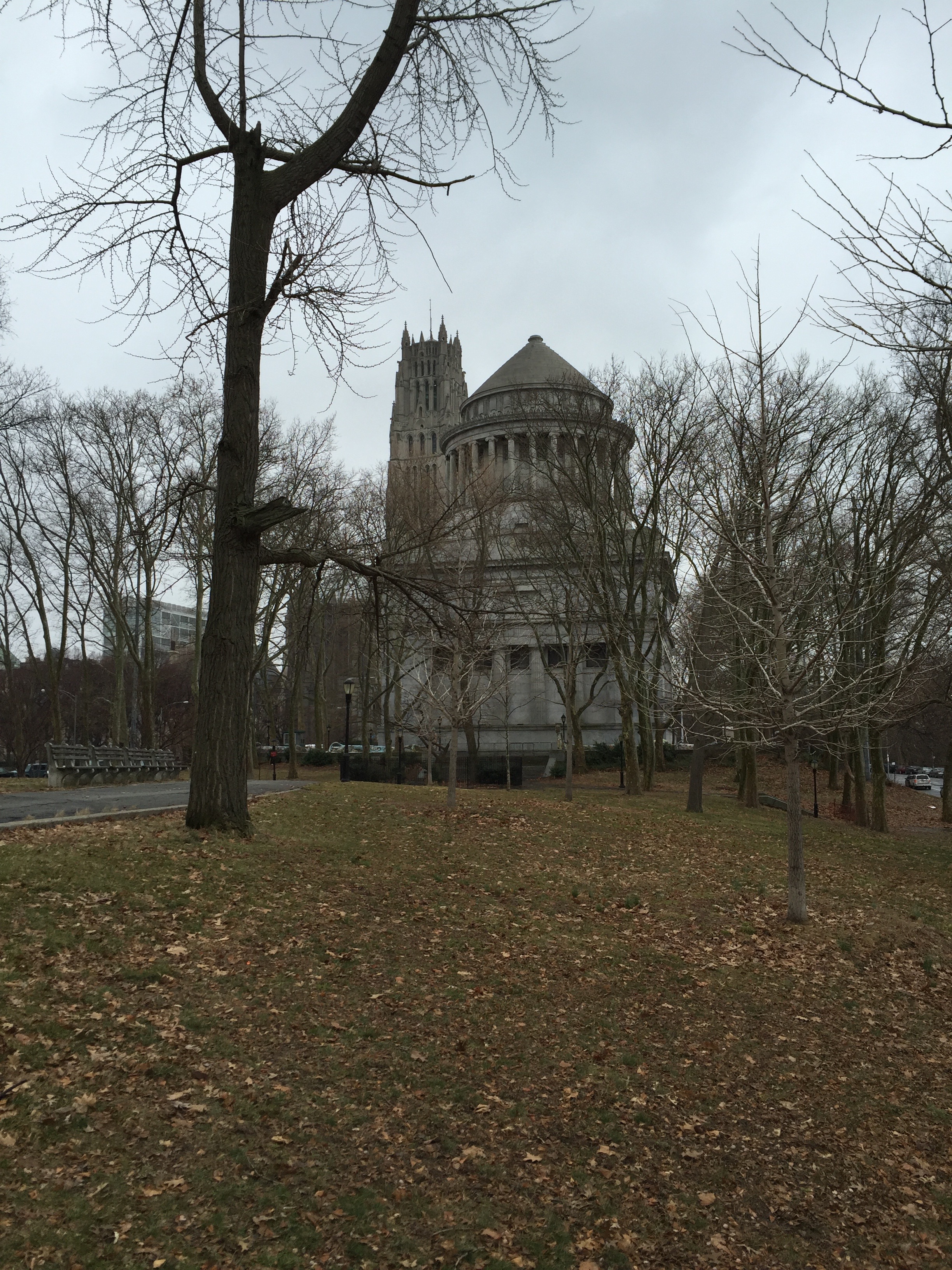The Amiable Child
On New York’s Upper West Side, just beyond the 392-foot bell tower of Riverside Church, two graves watch over each other. One, Grant’s Tomb, is the largest mausoleum in North America. In it lie the remains of the 18th president and his wife Julia. Ulysses S. Grant was the victor in the bloodiest war in American history. Above the tomb’s entrance are the words: “Let Us Have Peace.” 
One hundred yards or so to the northwest, on a cliff above the Hudson, is a small urn, perhaps the only private grave on public land in New York City.
“Erected to the Memory of an Amiable Child, St. Claire Pollock, Died 15 July 1797 in the Fifth Year of His Age,” it sits near the place where the boy fell to his death.
On its west side, facing the river, is a passage from the Book of Job: “Man that is born of woman is of a few days, and full of trouble. He cometh forth like a flower and is cut down: he fleeth also as a shadow, and continueth not.”
A man and a boy, one a great hero, the other a source of joy turned too soon to grief. I like to believe that each lived a full life, no matter its length, which is all any of us can do. And I think of Failing and Flying, a poem by Jack Gilbert, which begins, “Everyone forgets that Icarus also flew.” . . . and ends, “I believe Icarus was not failing as he fell, but just coming to the end of his triumph.”
